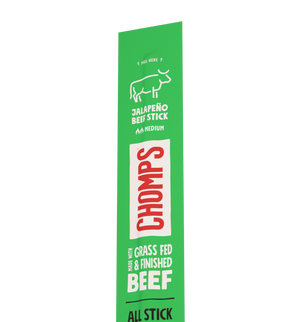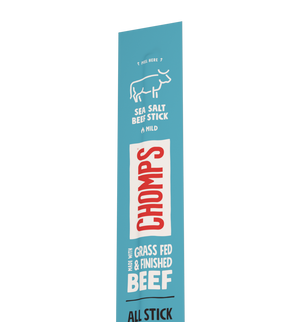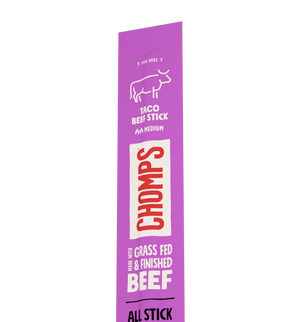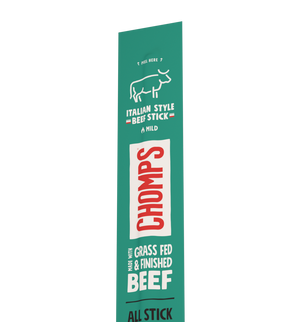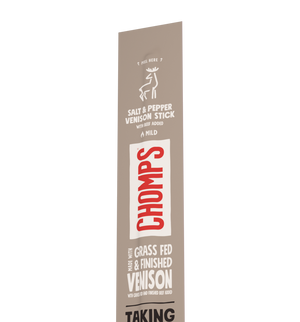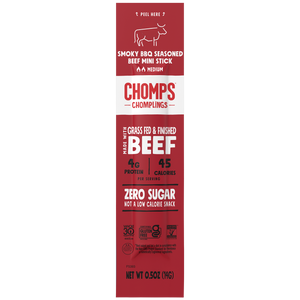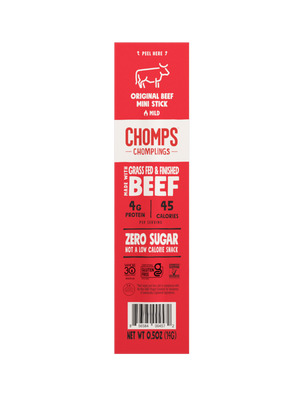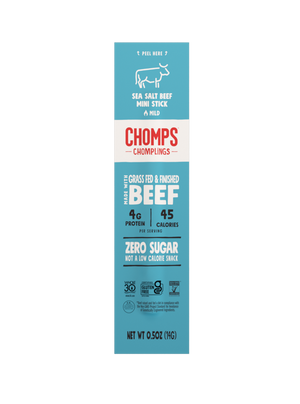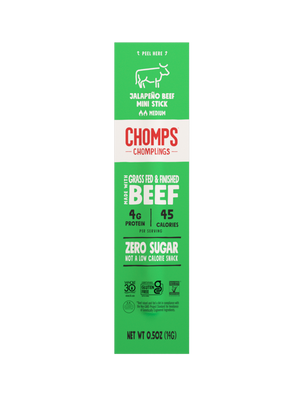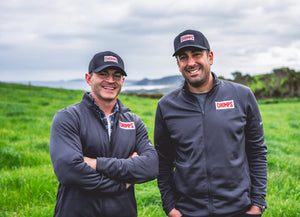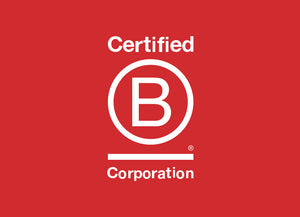In the world of nutrition and sustainable farming, the terms "grass-fed" and "grass-finished" are often thrown around. But what do these terms really mean?
As a dietitian passionate about food quality and its impact on health, I want to dive into these terms. Keep reading to understand the difference between grass-fed and grass-finished beef.
What Is Grass-fed Beef?
When discussing grass-fed vs grass-finished beef, the former is derived from cattle that predominantly graze on grass throughout their lives. However, these animals might also receive supplemental grains in their diet, particularly during the final stages of their growth. This supplementation aims to boost weight gain and potentially alter the nutritional profile of the meat.
What Is Grass-Finished Beef?
On the contrary, grass-finished beef is exclusively raised on a diet of grass and forage from start to finish. This means that from birth to processing, these animals do not consume grains or any other supplementary feeds.
The main difference between grass-fed and grass-finished beef is that the latter results in leaner meat with a richer flavor profile. This is due to the variety of grasses and plants consumed.
Why does this difference between grass-fed vs grass-finished meat matter? The nutritional composition of beef can vary based on the animal's diet.
Cattle that are fed grass tend to result in beef with higher levels of beneficial nutrients such as omega-3 fatty acids and conjugated linoleic acid (CLA). However, when cattle are fed grains, the nutrient profile may shift. This could potentially change the health benefits associated with grass-fed beef.
Is Grass-Finished Better Than Grass-Fed?
When comparing grass-fed vs grass-finished beef, many consumers wonder which option is superior. The answer largely depends on what you value most in your food choices.
As mentioned in the last section, grass-finished beef typically contains higher levels of omega-3 fatty acids and CLA compared to beef that's only grass-fed but grain-finished. These nutrients are associated with potential anti-inflammatory properties and heart health benefits.
From a flavor perspective, true grass-finished beef offers a distinct taste that reflects the animal's natural diet. When discussing the difference between grass-fed and grass-finished beef, this complex flavor profile is one reason many culinary experts prefer the latter.
Does 100% Grass-Fed Mean Finished?
This is an important distinction for conscious consumers to understand. The term "100% grass-fed" should ideally indicate that cattle were exclusively fed grass throughout their entire lives. However, labeling can sometimes be misleading.
Without specific regulations governing these terms, some producers might market beef as "grass-fed" even if the animals received grain supplementation during the final weeks or months of their lives. To ensure you're getting what you expect, look specifically for products labeled "100% grass-fed and finished" or "grass-fed and grass-finished beef”.
Does Grass-Fed Grass-Finished Beef Taste Different?
Yes, there's a noticeable difference between grass-fed and grass-finished beef in terms of taste and texture. Grass-finished beef typically has:
-
A more complex, sometimes described as "earthier" flavor profile.
-
A leaner texture with less marbling.
-
A darker, sometimes yellowish fat (which indicates higher beta-carotene content).
-
A firmer texture that many chefs appreciate for certain cooking applications.
This distinct taste comes from the diverse diet of grasses and forage that the cattle consume throughout their lives. It creates a flavor that's unique to the region where the animals were raised.
How to Tell if Beef is Actually Grass-Fed?
Determining the authenticity of grass-fed claims requires some detective work:
-
Look for specific certifications: Organizations like the American Grassfed Association provide verification for producers following strict standards.
-
Check for transparency: Reputable companies are forthcoming about their sourcing practices and clearly state that they use 100% grass-fed and finished beef. For example, a big part of the story here at Chomps is being transparent about our ingredients and so consumers can make informed choices.
-
Examine the color and fat: Grass-fed and finished beef typically has a deeper red color and yellowish fat compared to grain-fed alternatives.
Where Can You Find High-Quality Beef?
This brings us to the importance of consuming high-quality beef from reliable sources.
Thankfully, Chomps is committed to providing consumers with top-tier nutrition and flavor. When it comes to making high-quality beef jerky, they understand the significance of using grass-fed and grass-finished beef.
Their products, including their original, jalapeño, and smoky BBQ beef sticks, offer both health benefits and taste. Compared to many other brands, the difference between grass-fed and grass-finished beef sticks from Chomps is a commitment to nutritious jerky snacks made with thoughtfully-sourced ingredients.
Understanding Labeling Terms Between Grass-Fed Vs Grass-Finished Beef
Always check the nutrition labels of beef products for "grass-fed" and "grass-finished" to ensure you’re supporting sustainable farming practices, prioritizing animal welfare, and getting a superior taste. Keep in mind that the term "grass-fed" means cows were mainly fed grass but may also have consumed grain.
On the other hand, the terms "grass-fed and finished," "100% grass-fed," and "100% grass-fed and finished" indicate that the beef was exclusively raised on a diet of grass. They also suggest that the animals foraged from birth to processing.
So What Is the Difference Between Grass-Fed and Grass-Finished Beef?
We hope you now understand the difference between grass-fed and grass-finished beef. Both offer nutritional advantages over conventionally raised beef. However, understanding the distinction between grass-fed vs grass-finished beef is crucial for informed decision-making.
The mission here at Chomps is to provide snacks made with only the highest quality, thoughtfully-sourced ingredients that deliver both nutrition and flavor without compromise. That includes grass-finished and grass-fed beef.
Next time you're browsing the meat aisle or selecting snacks, we hope you feel empowered with new knowledge of grass-fed and finished-beef meaning to choose options that prioritize quality and sustainability. By products with these ingredients, you're contributing to a healthier planet and a healthier you, one delicious bite at a time!


